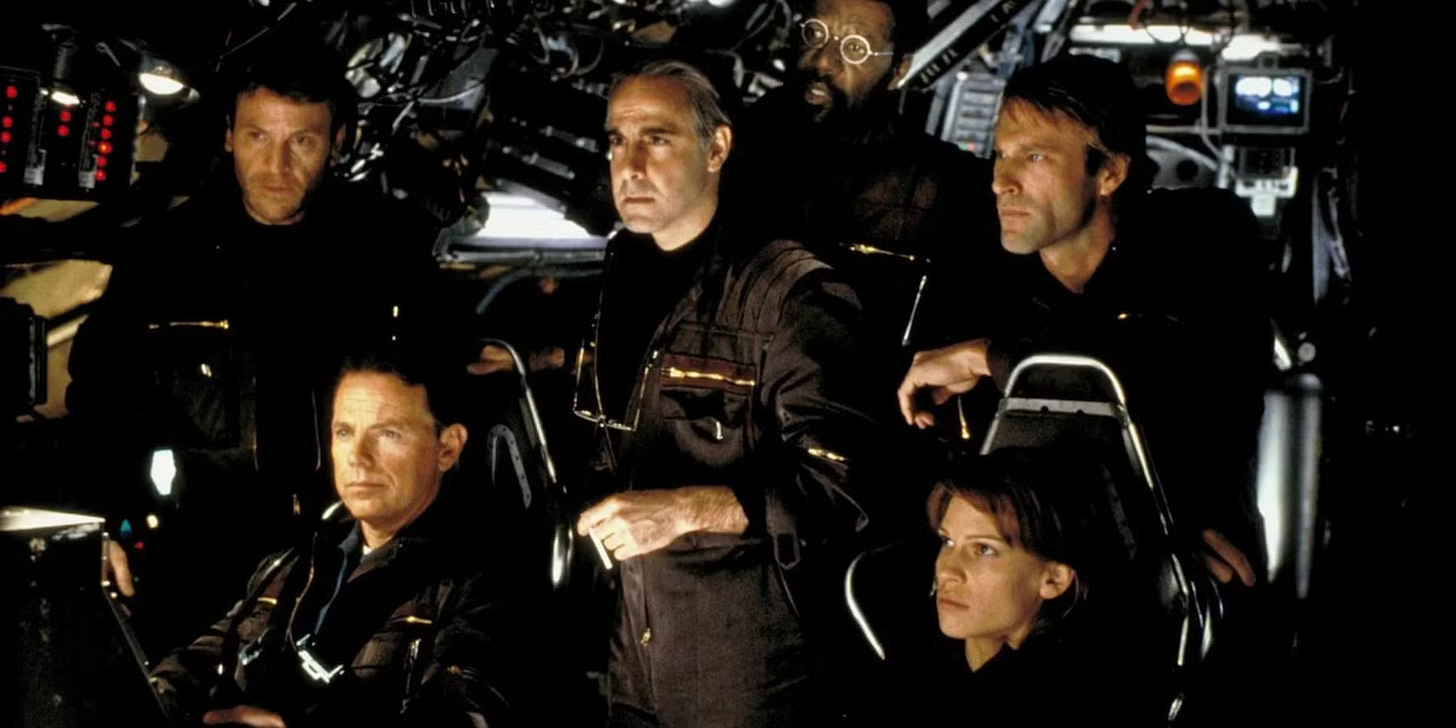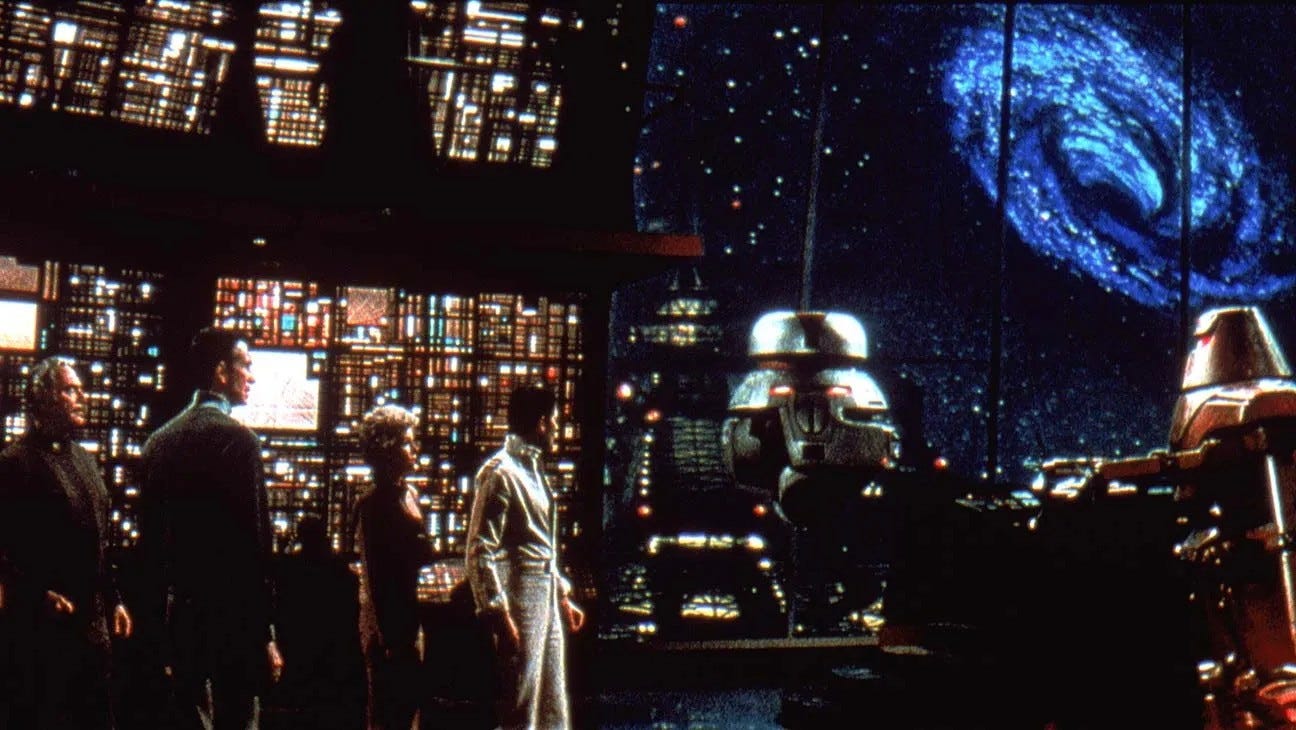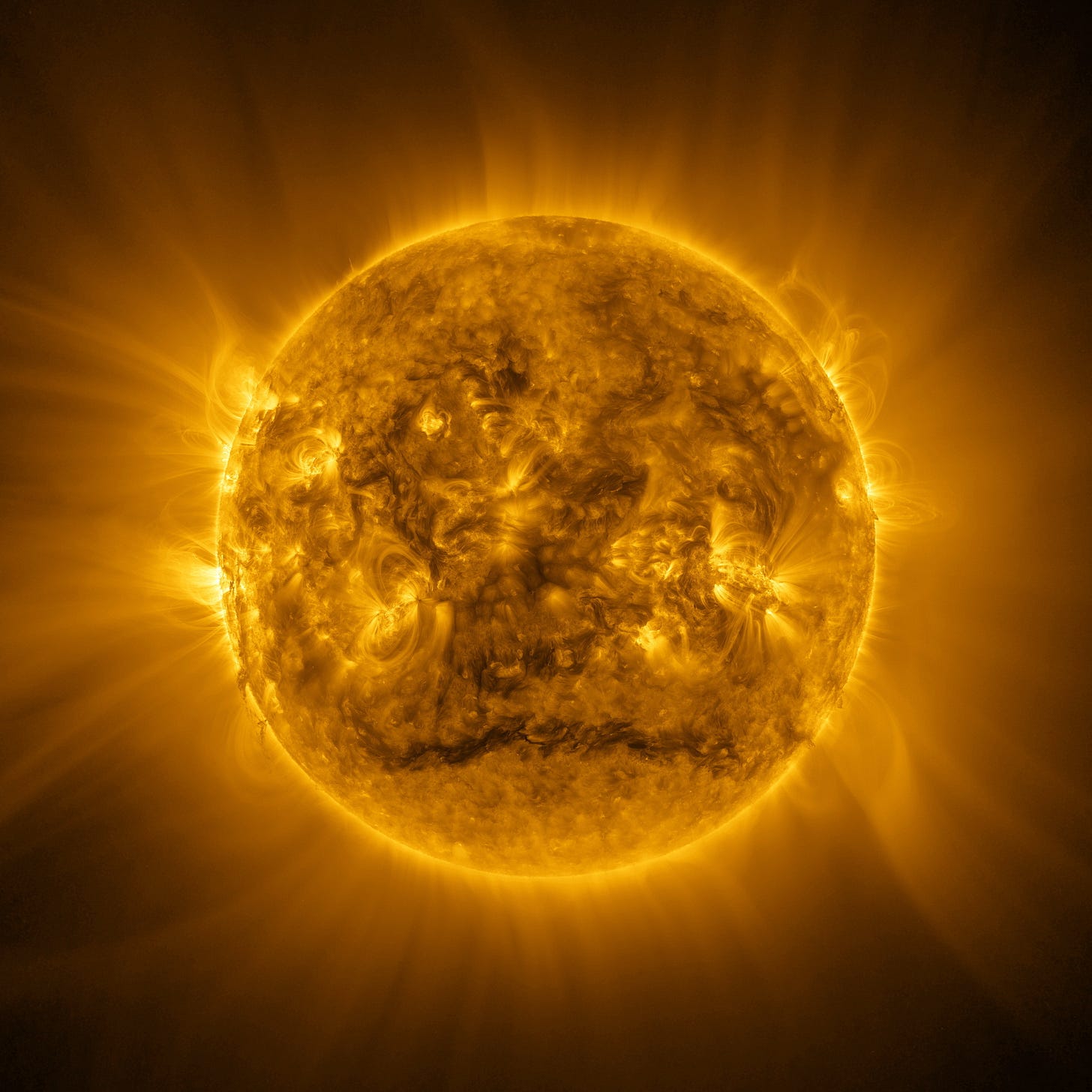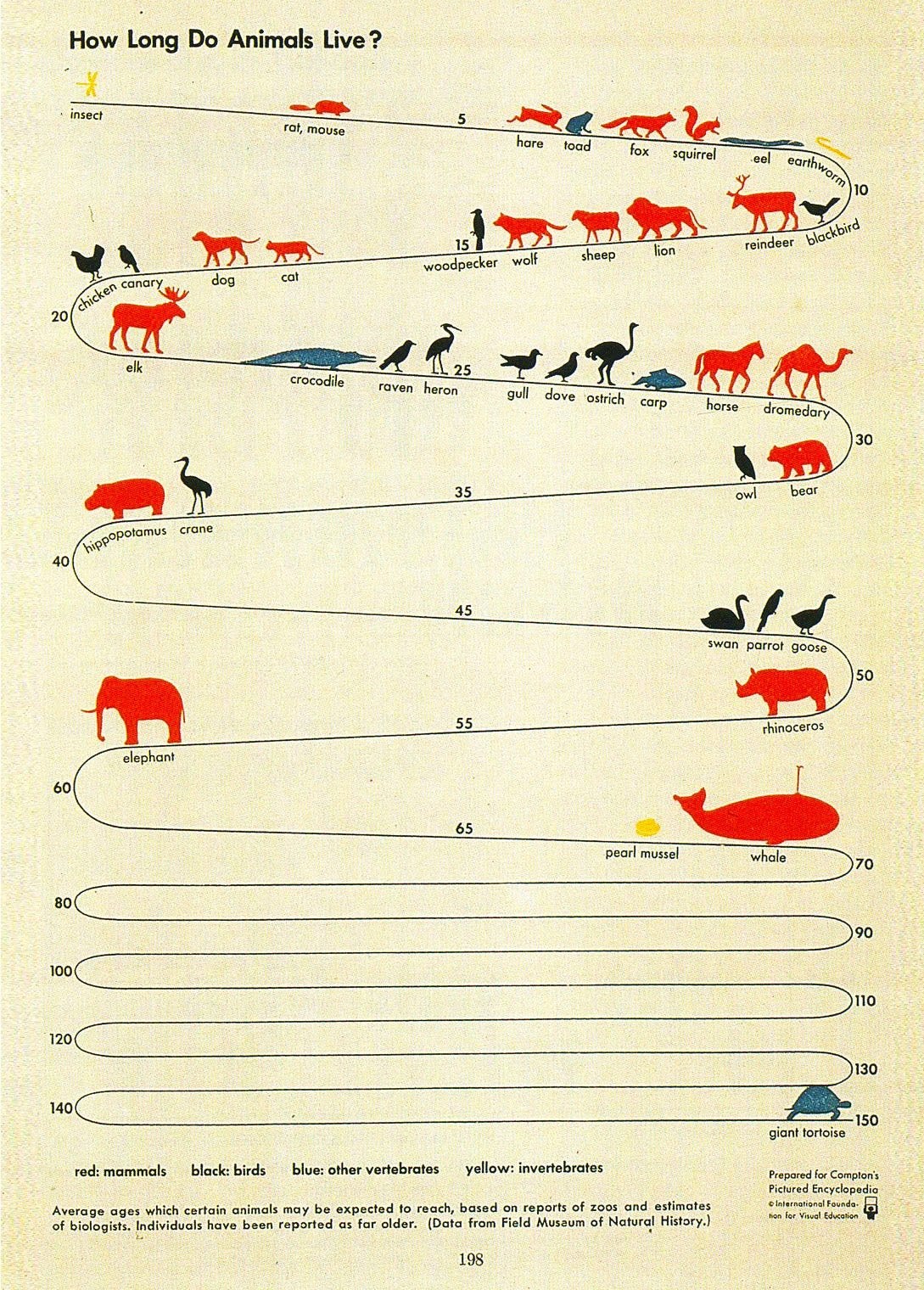The Weird Science Drop #2 🧪 Thursday 1 May 2025
We're being watched by other galaxies 👀 Scientists create the world's first 'black hole bomb' 💣 Plus, a giant leap in zipper technology 🤐
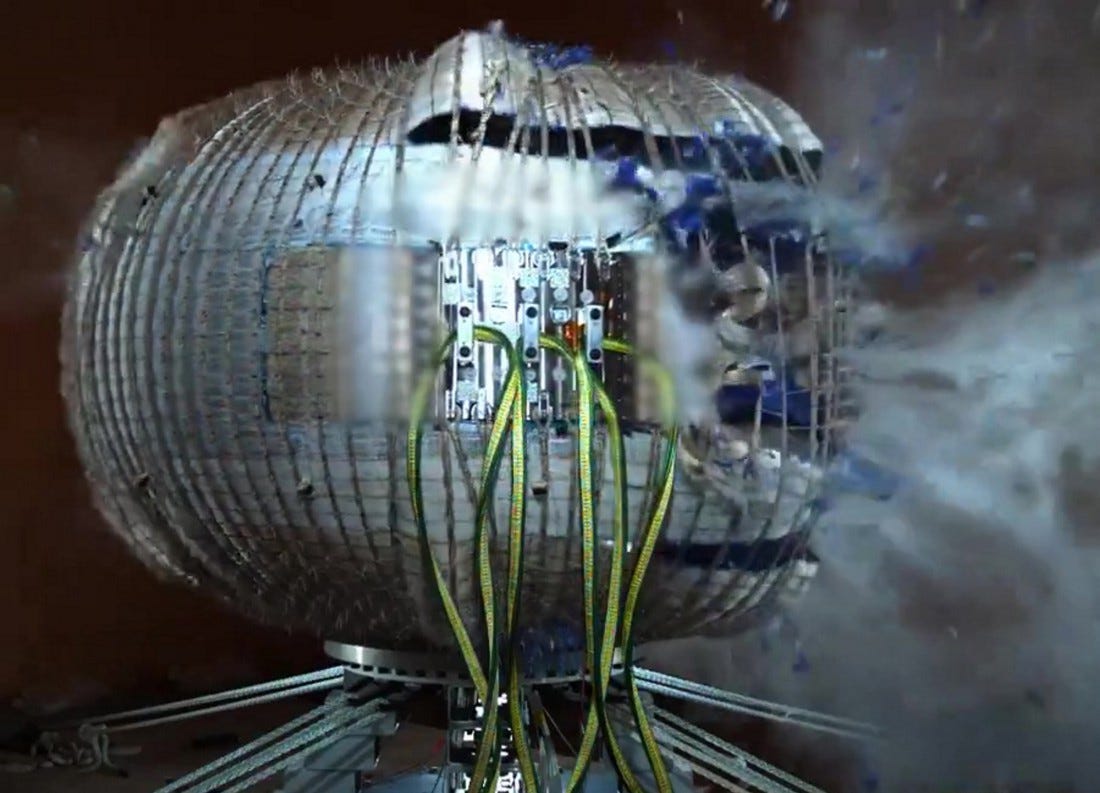
“Maong ya kabuasan* Welcome to the second edition of The Weird Science Drop. Every week, we’ll bring crazy chemistry, bonkers biology, foolish physics and lots more straight to your inbox. So please subscribe. You won’t be mad to, even if the stories featured most likely will be!”
Daniel
Weird Science News ✍
👀 Ever get the feeling you are being watched? Well, maybe we all are. Astronomers are currently scratching their heads after finding out a bunch of nearby galaxies are looking right at us. Several satellite galaxies surrounding our nearest galactic neighbour, Andromeda, are pointing in the direction of the good ol’ Milky Way instead of being randomly distributed. Read more on Futurism
🌍 Fans of the 2003 sci-fi disaster flick The Core (and who isn’t) will be happy to hear scientists have kept on digging. In fact, a record-breaking mission drilled so deep into the centre of the Earth that it got to the mantle - a huge rocky region of our planet in between the crusty exterior and the molten core. Or where dinosaurs live, if you read Jules Verne. Read more on Popular Mechanics
🐜 Be afraid. Be very afraid. Researchers have unearthed the oldest ant fossil ever found - and it’s a creature of pure terror. The 113-million-year-old ‘hell ant’ was half-an-inch long and fully armed with scythe-like jaws it used to hunt its prey. Read more on National Geographic
🤐 Zipper technology might not be something we cover too regularly on The Weird Science Drop, but this latest update was too good not to. The world’s biggest zipper maker, YKK (but I’m sure you knew that), has built a prototype self-propelled zipper that can zip itself up at the push of a button. The future has finally arrived! Read more on The Verge
🔍 What we thought we knew about Stonehenge could have all been wrong after a chemical fingerprint taken of the structure’s large Altar Stone found it isn’t from Wales, as was previously understood, but Scotland - some 466 miles away. The stone was tracked all the way back to the Orcadian Basin thanks to 450-million-year-old minerals found in the stone. Read more on Popular Mechanics
Cool 60s’ science 😎


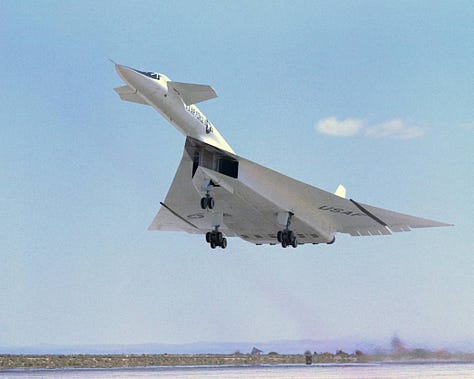

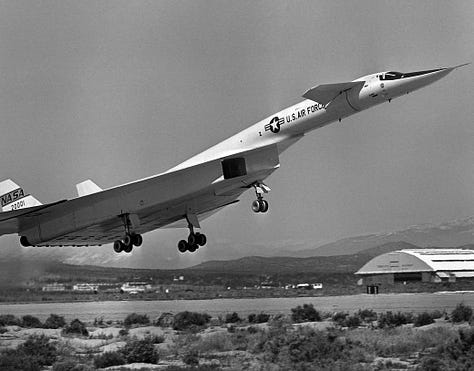
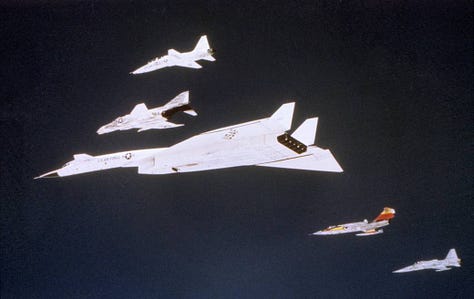
They sure don’t make ‘em like they used to. The XB-70 was the world's largest experimental aircraft back in 1960. It was capable of flying at three times the speed of sound (roughly 2,000mph) at altitudes of 70,000ft. The plane was used to collect in-flight information for use in the design of future supersonic aircraft, military and civilian. But, most importantly, it looked hella cool.
Scientists create world's first 'black hole bomb' 💣
What could go wrong? A ‘black hole bomb’ has been created in the lab that experts hope to use to understand the space phenomenon better. The idea of messing around with spinning cylinders and electromagnetic waves to trigger a sudden venting of energy - the bomb - was first floated back in the early 70s. Luckily, rather than using a real black hole to try out the idea, physicists have experimented with a safe ‘toy’ model, although the principles are the same, and got what they were looking for. Vitor Cardoso, from the University of Lisbon in Portugal, said:
“You throw a low-frequency electromagnetic wave against a spinning cylinder, who would think that you get back more than what you threw in? It’s totally mind-boggling.”
The bomb has the potential to help us gain a better understanding of how black holes work and could also shed more insight on mysteries like dark matter. Read more on Yahoo!
Open with care ☠
The legendary ‘curse of the mummy’ might not be far from the truth after all. While the myth surrounding the opening of Tutankhamun’s tomb is probably pure hokum, opening up an ancient burial casket does not come without risks. So found a team of archaeologists in 1973 when they got the OK to examine the remains of Casimir IV Jagiellon, Grand Duke of Lithuania and King of Poland, some 500 years after he had died.
Many of the team who opened up Casimir’s tomb soon fell ill and some even died. But it wasn’t a curse. It turns out the Grand Duke was not alone, he had several potent strains of fungi for company that had spent centuries hanging in the air. A lung-full of which is definitely not recommended. Read the full tale on IFL Science
Photo of the Week 📷
A spaceship took its most detailed picture of the Sun ever - and the star doesn't look too happy about it. The ESA/NASA Solar Orbiter captured its widest high-res view of our friendly neighbourhood yellow dwarf, showing the million-degree hot atmosphere as it looks in ultraviolet light. However, a line of sun spots look eerily like an unhappy mouth-shape, perhaps indicating the Sun was not impressed at being photographed.
For your ear holes 🎧
Infographic Magic 📊
Cool Quote 🗣
"If we knew what it was we were doing, it would not be called research, would it?"
Albert Einstein
Weird Science Factoid 🤯
About 100 people choke to death on ballpoint pens each year.
Weird Science Fries on the Side 🍟 (aka the best of the rest)
Gamma-ray bursts reveal largest structure in the universe is bigger and closer to Earth than we knew
Ancient Babylonian Map Offers a Rare 2,600-Year-Old View of the World
Stellantis’ solid-state batteries can fast-charge in just 18 minutes
About The Weird Science Drop 🚀
Science is weird, and here’s the proof. The Weird Science Drop goes where other, more-sensible newsletters fear to tread. Every week, we grab our trusty white lab coat, bunch of bubbling test tubes and world-ending robot prototype to go in search for the overlooked, under-the-radar and, above all else, most madcap science news, views and research.
About me 👴
Daniel Smith is an old experienced journalist who has worked for a host of news publishers on both sides of the Atlantic. A long, long time ago, he fancied himself as an astrophysicist but instead turned out to be the worst scientist since the man who mapped out all those canals on Mars that turned out to be scratches on his telescope's lens. Luckily, he is now not working on the Large Hadron Collider inadvertently creating a black hole that would swallow the world by pressing the big red button but is safely behind a desk writing this newsletter, bringing you the fantastical underbelly of nature... The Weird Science Drop.
The Weird Science Drop edition: 2
* Good morning in Pangasinan, a regional language of the Philippines
Have I missed anything? 🚨
Feel free to throw me an email or just fill out this super simple form. I'll read each and every one. Promise.





